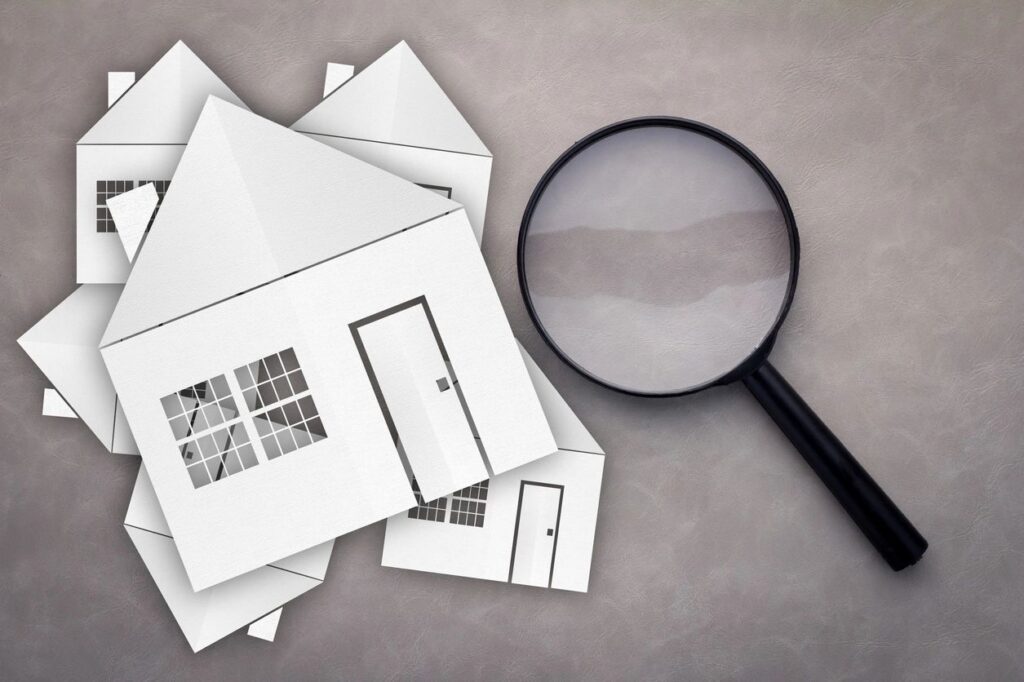The buyer’s home inspection is a pivotal moment in the home selling process. It can make or break a deal, so being prepared is key. While you can’t control everything, proactive preparation can significantly reduce the stress and potential for surprises.
Understanding the Home Inspection:
A home inspection is a thorough visual examination of the property’s structure and systems, conducted by a qualified professional. The inspector’s goal is to identify any potential problems or safety concerns that the buyer should be aware of before finalizing the purchase. They’ll create a detailed report outlining their findings, which the buyer can use to negotiate repairs or a price reduction.
What Does a Home Inspector Look For?
Inspectors typically examine the following areas:
- Structural Components: Foundation, framing, roof, walls, and floors. They’ll look for signs of damage, such as cracks, leaks, or sagging.
- Roofing: Shingles, flashing, gutters, and downspouts. They’ll assess the roof’s condition and remaining lifespan.
- Plumbing: Pipes, faucets, toilets, water heater, and sewer lines. They’ll check for leaks, clogs, and proper drainage.
- Electrical: Wiring, outlets, switches, circuit breakers, and electrical panel. They’ll ensure everything is up to code and safe.
- HVAC: Heating, ventilation, and air conditioning systems. They’ll check the functionality and efficiency of the units.
- Appliances: Built-in appliances like the oven, dishwasher, and garbage disposal.
- Attic and Crawl Space: Insulation, ventilation, and signs of moisture or pest activity.
- Exterior: Siding, windows, doors, walkways, and landscaping.
Preparing Your Home for Inspection:
Your goal is to make the inspector’s job as easy as possible and demonstrate that you’ve taken good care of the property. Here’s a checklist:
- Cleanliness is Key: A clean home shows pride of ownership. Deep clean everything, paying attention to kitchens and bathrooms.
- Declutter and Organize: A clutter-free home allows the inspector to access all areas easily.
- Make Repairs: Address any known issues, no matter how small. Leaky faucets, cracked tiles, or broken doorknobs can raise red flags.
- Check Light Bulbs and Smoke Detectors: Ensure all light bulbs are working and smoke detectors have fresh batteries.
- Trim Trees and Shrubs: Keep landscaping trimmed away from the house to allow access for inspection.
- Provide Access: Make sure the inspector can easily access all areas, including the attic, crawl space, and electrical panel. Clear away any stored items.
- Leave Utilities On: Don’t turn off utilities, as the inspector needs to test them.
- Gather Documentation: If you’ve had any major repairs or upgrades, have the documentation available.
Projects with the Best ROI (Return on Investment):
While it’s not necessary to do a complete renovation before selling, some projects offer a better return on investment than others:
- Minor Bathroom and Kitchen Updates: A fresh coat of paint, new fixtures, or updated hardware can make a big difference without breaking the bank.
- Curb Appeal Improvements: Landscaping, power washing, and a fresh coat of paint on the front door can significantly enhance curb appeal.
- Energy-Efficient Upgrades: Replacing old windows or upgrading insulation can attract buyers and potentially lead to energy savings.
- Roof Repair or Replacement: A sound roof is essential. If your roof is nearing the end of its lifespan, consider replacing it.
- HVAC System Maintenance: Ensure your HVAC system is in good working order. A well-maintained system is more efficient and less likely to cause problems.
What to Expect After the Inspection:
The buyer will typically present you with the inspection report, outlining any issues found. You can then negotiate repairs, offer a price reduction, or refuse to make any changes. It’s crucial to work with your real estate agent to develop a strategic response.
Key Takeaway:
Preparation is the key to a smooth home inspection. By taking the time to address potential issues and present your home in its best light, you can minimize surprises, increase buyer confidence, and pave the way for a successful sale. Remember, a little effort upfront can go a long way in ensuring a positive outcome.


